The Remarkable Discovery
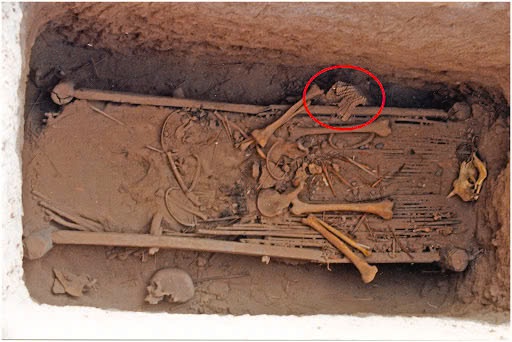
In 2013, archaeologists made an extraordinary find in Northwest China – a 2,700-year-old leather scale armor buried in a horse rider’s tomb near the city of Turfan. This unprecedented discovery has shed new light on the spread of military technology across Eurasia during the first millennium BCE.
A Well-Preserved Relic
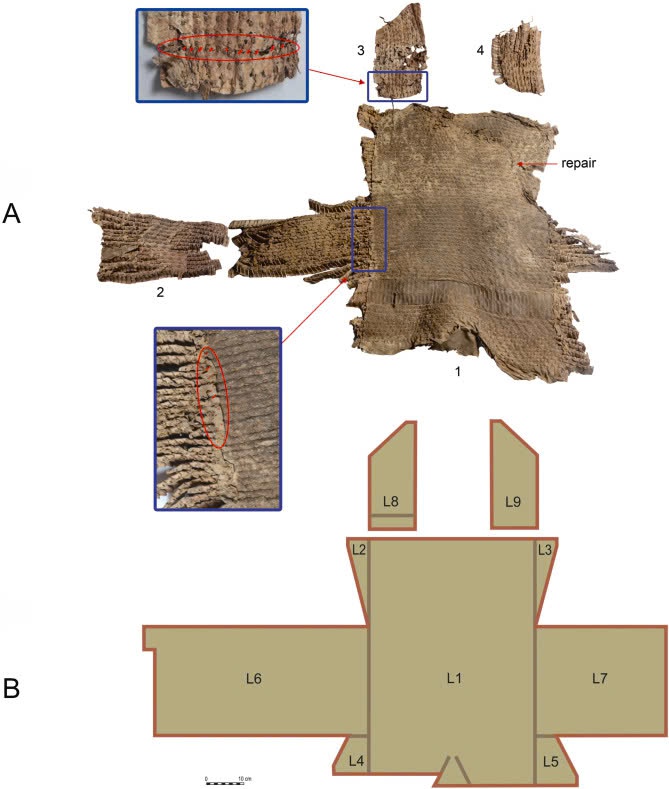
Thanks to the region’s extremely arid climate, the armor survived millennia, providing researchers with a unique opportunity to study ancient military equipment. The research team, led by Patrick Wertmann from the University of Zurich, used radiocarbon dating to determine that the armor was crafted between 786 and 543 BCE.
The Armor’s Design and Significance
A Sophisticated Piece of Equipment
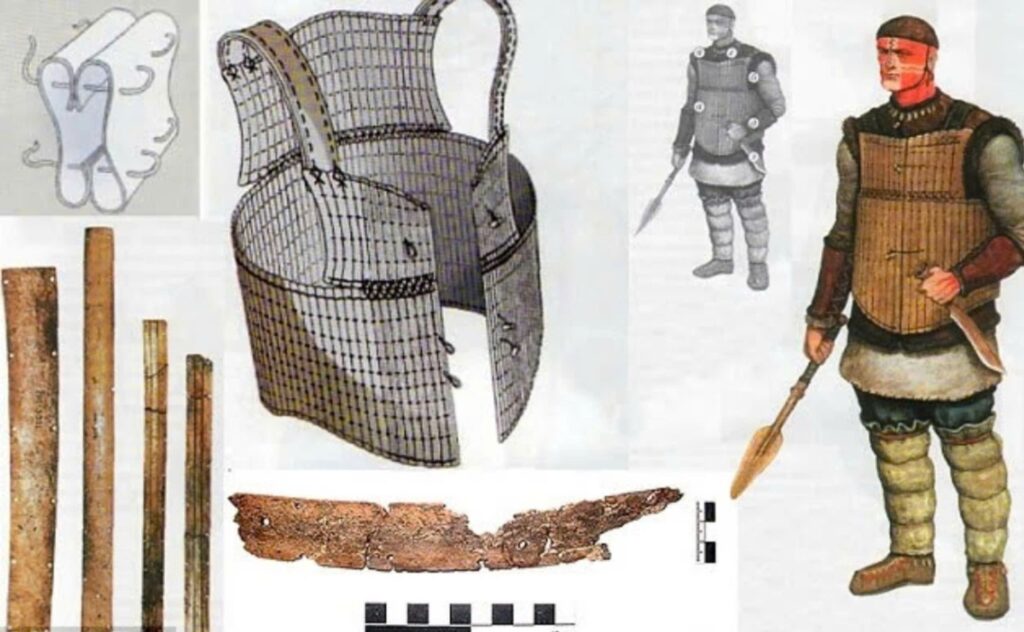
The armor, shaped like a waistcoat, was designed to protect the wearer’s vital organs while allowing for freedom of movement. It consisted of 5,444 small and 140 large leather scales, sewn onto a backing with leather laces. Weighing 4-5 kg, it was a valuable and prestigious piece of equipment, typically reserved for elite warriors.
Functional and Versatile

One of the most interesting aspects of this armor is its user-friendly design. It could be easily donned without assistance and was adaptable to various body types, making it a versatile piece of military equipment.
The Assyrian Connection
Origins in the Middle East
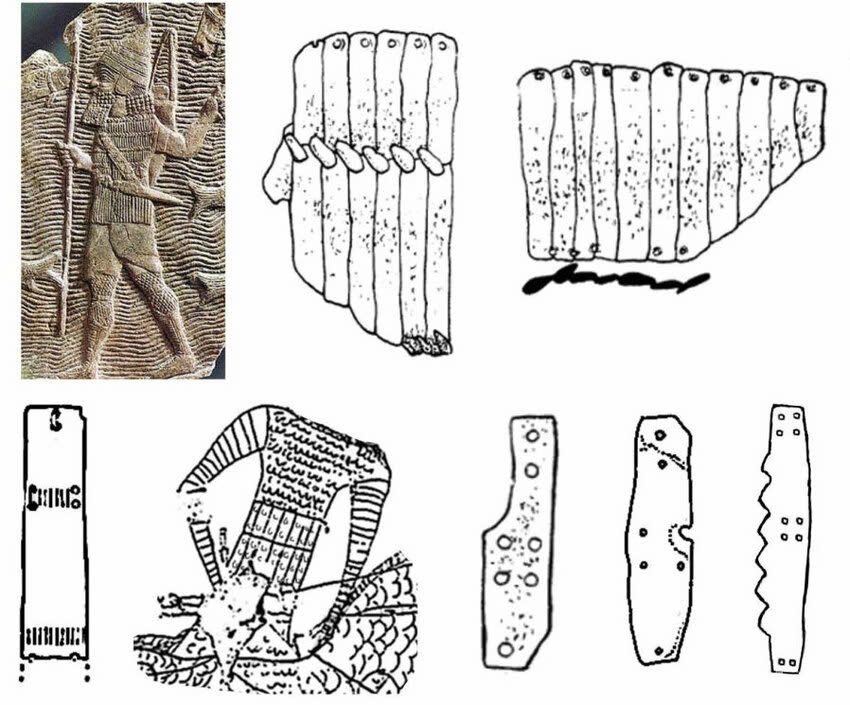
The armor’s design bears striking similarities to those developed in the Neo-Assyrian Empire, which encompassed parts of present-day Iraq, Iran, Syria, Turkey, and Egypt. This type of armor was created in response to the increasing use of chariots in Middle Eastern warfare from the 9th century BCE onwards.
Evidence of Technological Exchange
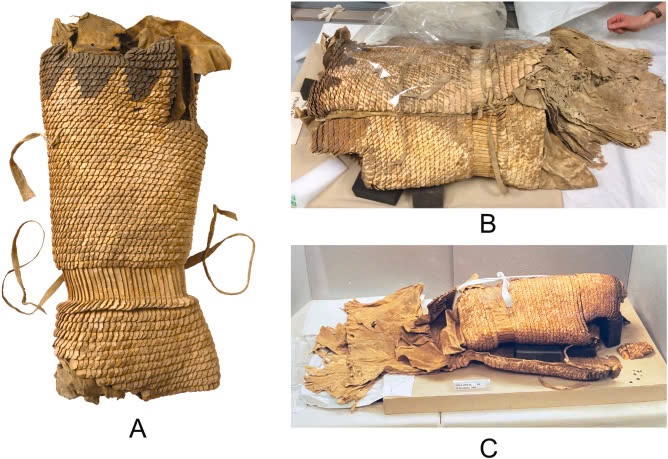
While the exact journey of this armor from Assyria to Northwest China remains a mystery, its presence provides tangible evidence of technological transfer across the Eurasian continent during the early first millennium BCE. As Patrick Wertmann notes, “Even though we can’t trace the exact path of the scale armor from Assyria to Northwest China, the find is one of the rare actual proofs of West-East technology transfer across the Eurasian continent during this period.”
Implications for Future Research
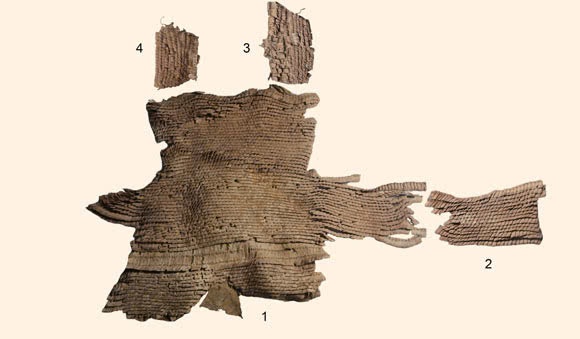
This discovery opens up new avenues for understanding ancient trade routes, military exchanges, and cultural interactions between distant civilizations. As researchers continue to study this remarkable artifact, it may reveal even more about the complex networks that connected the ancient world.
